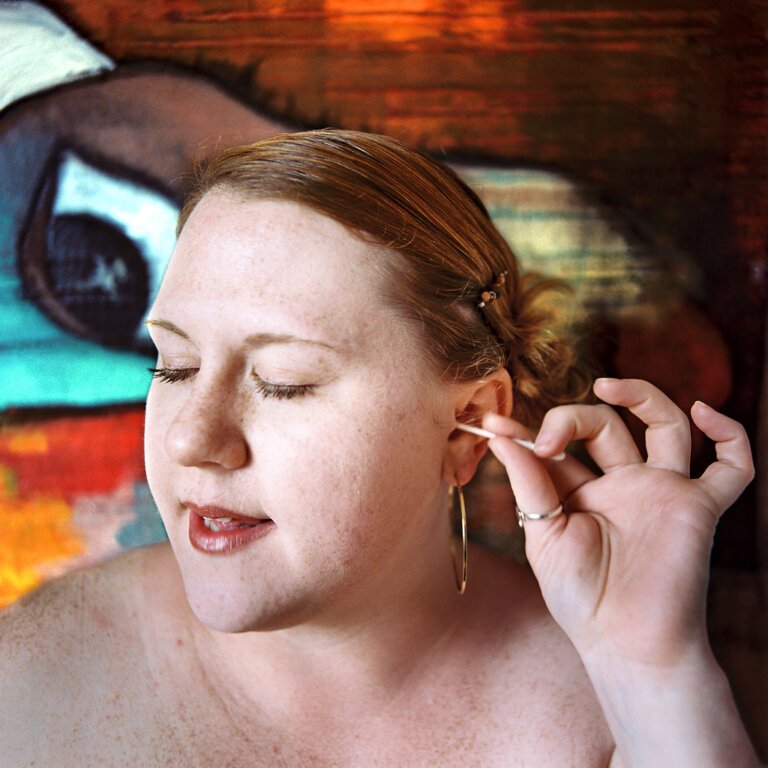Embracing Resilience: Empowering Stories of Life with Ear Problems
The journey of individuals living with ear problems is one of resilience and empowerment. Every day, they face unique challenges, but through their determination and the support they receive, they find the strength to overcome these obstacles and live life to the fullest. In this article, we will explore some inspiring stories and delve into the various aspects of living with ear problems, shedding light on the incredible resilience demonstrated by these individuals.
Understanding Ear Problems
Before we dive into the empowering stories, it’s important to have a basic understanding of ear problems. Ear problems can manifest in various ways, ranging from temporary discomfort to chronic conditions that significantly impact one’s quality of life. These issues can affect different parts of the ear, including the outer ear, middle ear, and inner ear.
Common ear problems include ear infections, tinnitus (ringing or buzzing in the ears), hearing loss, and Meniere’s disease. Each condition presents its own set of challenges and requires appropriate management and treatment.
Ear Infections: Ear infections are a common problem, especially among children. They occur when bacteria or viruses infect the middle ear, causing pain, discomfort, and sometimes temporary hearing loss. Prompt treatment with antibiotics or other appropriate medications can help alleviate symptoms and prevent complications.
Tinnitus: Tinnitus is a condition characterized by the perception of ringing, buzzing, or other sounds in the ears without any external source. It can be caused by various factors, including exposure to loud noise, age-related hearing loss, or certain medications. Managing tinnitus often involves identifying and addressing the underlying cause, as well as using techniques such as sound therapy or cognitive behavioral therapy to reduce the impact of the perceived sounds.
Hearing Loss: Hearing loss can be temporary or permanent, and it can range from mild to profound. It can be caused by factors such as aging, exposure to loud noise, certain medical conditions, or genetic factors. Treatment options for hearing loss include hearing aids, cochlear implants, and assistive listening devices, depending on the severity and type of hearing loss.
Meniere’s Disease: Meniere’s disease is a chronic condition that affects the inner ear, leading to symptoms such as vertigo, hearing loss, tinnitus, and a feeling of fullness in the affected ear. While there is no cure for Meniere’s disease, various treatments can help manage the symptoms, including medications to control vertigo, dietary changes, and rehabilitation therapy.
Inspiring Stories of Resilience
1. Sarah’s Journey to Overcoming Hearing Loss
Sarah, a vibrant and determined young woman, was born with a severe hearing impairment. Throughout her childhood, she faced numerous hurdles, from struggling to communicate with her peers to feeling isolated in social situations. However, Sarah never let her hearing loss define her.
With the support of her family and a dedicated team of healthcare professionals, Sarah embraced various interventions to improve her quality of life. She received hearing aids and underwent speech therapy, which enabled her to communicate effectively and participate fully in academic and social settings. Today, Sarah is a successful advocate for individuals with hearing loss, inspiring others to embrace their differences and overcome obstacles.
Sarah’s journey highlights the importance of early intervention and comprehensive support for individuals with hearing loss. By providing access to appropriate assistive devices and therapies, we can empower these individuals to reach their full potential and live fulfilling lives.
2. Mark’s Triumph Over Tinnitus
Mark, a middle-aged professional, developed tinnitus after years of exposure to loud noise in his workplace. Tinnitus can be an incredibly distressing condition, characterized by persistent ringing or buzzing sounds in the ears. For Mark, the constant noise became overwhelming, affecting his sleep, concentration, and overall well-being.
Determined to regain control of his life, Mark sought out various coping strategies and treatments. He incorporated relaxation techniques into his daily routine, such as meditation and deep breathing exercises, which helped alleviate the stress associated with tinnitus. Additionally, he worked closely with an audiologist to explore sound therapy options, finding relief through the use of white noise machines and hearing aids programmed to mask the tinnitus sounds. Mark’s resilience and proactive approach enabled him to reclaim his peace of mind and thrive despite the challenges posed by tinnitus.
Mark’s story emphasizes the importance of self-care and seeking professional help when dealing with tinnitus. By adopting relaxation techniques and exploring sound therapy options, individuals with tinnitus can find effective ways to manage their symptoms and improve their overall well-being.
Strategies for Empowerment
Living with ear problems requires a multifaceted approach to empower individuals and enhance their well-being. Here are some strategies that can make a significant difference in the lives of those facing ear-related challenges:
1. Education and Awareness
Educating oneself and raising awareness about ear problems is crucial for individuals and their support networks. Understanding the causes, symptoms, and available treatment options empowers individuals to make informed decisions and seek appropriate interventions. Organizations and healthcare providers can play a pivotal role in organizing seminars, workshops, and awareness campaigns to ensure accurate information reaches those in need.
By promoting education and awareness, we can combat misinformation and stigma surrounding ear problems, fostering a supportive environment that encourages individuals to seek help and take control of their health.
2. Accessible Communication
Creating an environment that promotes accessible communication is essential for individuals with hearing impairments. Implementing technologies like captioning systems, sign language interpreters, and assistive devices can facilitate effective communication in various settings, including schools, workplaces, and public spaces.
In addition to technological solutions, fostering a culture of inclusivity and understanding is crucial. Encouraging active listening, using clear and concise language, and being patient when communicating with individuals with hearing impairments can go a long way in ensuring effective and meaningful interactions.
3. Supportive Communities
Establishing supportive communities for individuals with ear problems can foster a sense of belonging and empowerment. Online forums, support groups, and social media platforms provide opportunities for sharing experiences, exchanging information, and offering emotional support. Connecting with others who have faced similar challenges can be a source of inspiration and motivation.
Supportive communities not only provide a platform for individuals to seek advice and share their experiences but also serve as a reminder that they are not alone in their journey. By creating spaces where individuals can connect and support each other, we can empower them to overcome challenges and thrive.
4. Professional Guidance and Treatment
Seeking professional guidance from audiologists, ENT specialists, and therapists is crucial for managing ear problems effectively. These experts can provide accurate diagnoses, recommend appropriate treatment plans, and offer ongoing support. Regular check-ups and follow-ups help individuals stay informed about their condition’s progress and make necessary adjustments to their management strategies.
In addition to medical interventions, professionals can provide counseling and guidance to help individuals cope with the emotional and psychological impact of living with ear problems. By addressing both the physical and emotional aspects of ear problems, individuals can receive holistic care that empowers them to lead fulfilling lives.
Conclusion
Living with ear problems necessitates resilience, determination, and a strong support system. The inspiring stories of individuals like Sarah and Mark showcase their unwavering spirit and determination to overcome the challenges they face. By understanding ear problems, promoting education and awareness, fostering accessible communication, and building supportive communities, we can empower individuals with ear problems to live fulfilling lives. Let’s embrace resilience and stand together to create a world where ear problems do not define one’s potential or limit their aspirations.
By embracing resilience, promoting education, and fostering supportive communities, we can create a society where individuals with ear problems are empowered to overcome challenges and live their lives to the fullest.
FAQ
1. What are some common ear problems?
- Common ear problems include ear infections, tinnitus, hearing loss, and Meniere’s disease.
2. How can ear infections be treated?
- Ear infections can be treated with antibiotics or other appropriate medications to alleviate symptoms and prevent complications.
3. What is tinnitus and how can it be managed?
- Tinnitus is the perception of ringing, buzzing, or other sounds in the ears without any external source. It can be managed by identifying and addressing underlying causes, using techniques like sound therapy or cognitive behavioral therapy, and seeking professional help.
4. How can individuals with hearing impairments be supported?
- Individuals with hearing impairments can be supported through education and awareness, creating accessible communication environments, establishing supportive communities, and seeking professional guidance and treatment.







